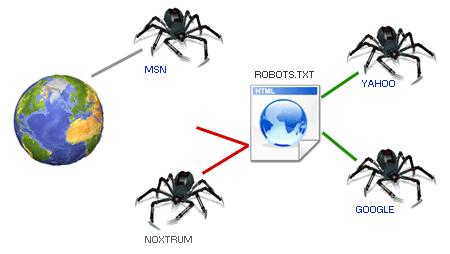rquest.js:
// 定义请求配置接口
interface RequestConfig {
url: string;
method: 'GET' | 'POST' | 'PUT' | 'DELETE';
data?: any;
header?: any;
timeout?: number;
}
// 请求拦截器数组
const requestInterceptors: ((config: RequestConfig) => RequestConfig | Promise<RequestConfig>)[] = [];
// 响应拦截器数组
const responseInterceptors: ((response: any) => any | Promise<any>)[] = [];
const responseErrorInterceptors: ((error: any) => any | Promise<any>)[] = [];
// 添加请求拦截器
const addRequestInterceptor = (interceptor: (config: RequestConfig) => RequestConfig | Promise<RequestConfig>) => {
requestInterceptors.push(interceptor);
};
// 添加响应拦截器
const addResponseInterceptor = (
success: (response: any) => any | Promise<any>,
error: (error: any) => any | Promise<any>
) => {
responseInterceptors.push(success);
responseErrorInterceptors.push(error);
};
// 封装请求方法
const request = async <T>(config: RequestConfig): Promise<T> => {
let newConfig = config;
// 执行请求拦截器
for (const interceptor of requestInterceptors) {
newConfig = await interceptor(newConfig);
}
return new Promise((resolve, reject) => {
uni.request({
url: newConfig.url,
method: newConfig.method,
data: newConfig.data,
header: newConfig.header,
timeout: newConfig.timeout || 60000,
success: async (res) => {
let newResponse = res;
// 执行响应拦截器
for (const interceptor of responseInterceptors) {
newResponse = await interceptor(newResponse);
}
if (newResponse.statusCode >= 200 && newResponse.statusCode < 300) {
resolve(newResponse.data as T);
} else {
reject(new Error(`请求失败,状态码: ${newResponse.statusCode}`));
}
},
fail: async (err) => {
let newError = err;
// 执行响应错误拦截器
for (const interceptor of responseErrorInterceptors) {
newError = await interceptor(newError);
}
reject(new Error(`请求出错: ${newError.errMsg}`));
}
});
});
};
// 封装 get 请求
const get = async <T>(url: string, config?: Omit<RequestConfig, 'url' | 'method'>): Promise<T> => {
return request<T>({
...config,
url,
method: 'GET'
});
};
// 封装 post 请求
const post = async <T>(url: string, data?: any, config?: Omit<RequestConfig, 'url' | 'method' | 'data'>): Promise<T> => {
return request<T>({
...config,
url,
method: 'POST',
data
});
};
// 封装 put 请求
const put = async <T>(url: string, data?: any, config?: Omit<RequestConfig, 'url' | 'method' | 'data'>): Promise<T> => {
return request<T>({
...config,
url,
method: 'PUT',
data
});
};
// 封装 delete 请求
const del = async <T>(url: string, config?: Omit<RequestConfig, 'url' | 'method'>): Promise<T> => {
return request<T>({
...config,
url,
method: 'DELETE'
});
};
export { get, post, put, del, addRequestInterceptor, addResponseInterceptor };使用示例:
<template>
<view>
<button @click="fetchData">获取数据</button>
<view>{{ data }}</view>
</view>
</template>
<script lang="ts" setup>
import { ref } from 'vue';
import { get, addRequestInterceptor, addResponseInterceptor } from './request';
const data = ref<any | null>(null);
// 添加请求拦截器示例
addRequestInterceptor((config) => {
// 例如添加 token 到请求头
config.header = {
...config.header,
Authorization: 'Bearer your_token'
};
return config;
});
// 添加响应拦截器示例
addResponseInterceptor(
(response) => {
// 对响应数据进行处理
console.log('响应数据处理前:', response);
return response;
},
(error) => {
// 对响应错误进行处理
console.error('响应错误处理:', error);
return error;
}
);
const fetchData = async () => {
try {
const result = await get<any>('https://api.example.com/data');
data.value = result;
} catch (error) {
console.error('请求出错:', error);
}
};
</script>








